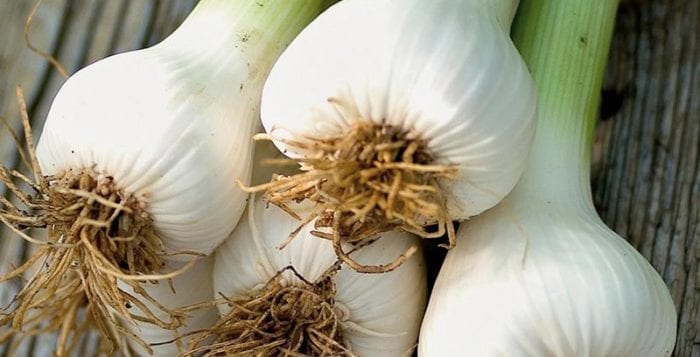By Bob Lipinski

No, we’re not talking about Kansas or Dorothy! The Rhône Valley, a major grape-growing region, is located below Burgundy in the southeast of France. Rhône Valley’s wine production is more than 80 percent red with some whites and even rosé wines.
In northern Rhône, the powerful reds are made principally from Syrah grapes, while in the south Grenache rules along with some Syrah. White wines made in the region are from Marsanne, Roussanne, Viognier and other grapes.
My cheese recommendations for the wines are two families of goat’s (and some sheep) milk cheeses — Picodon and Tomme. If you can’t find them try Banon, Camembert, Cantal, or Saint-Marcellin.
I recently had an opportunity to taste the red, white, and rosé wines of Château Mont-Redon.
2016 Château Mont-Redon “Lirac Blanc” (Blend of Clairette, Grenache Blanc, Roussanne, and Viognier). Perfumed bouquet and flavor of citrus, orange peel, peach and pear. Clean, lively and zesty with a pleasant aftertaste. Serve with Thai chicken in a spicy peanut sauce.
2015 Château Mont-Redon “Lirac Rouge” (Blend of Grenache, Syrah, and Mourvèdre). Aroma and flavors of blackberry, black cherries, black tea and licorice. Hints of toasted bread and violets abound. Try some blackened tuna with a mild wasabi sauce and cubes of pineapple.
2016 Réserve Mont-Redon “Côtes du Rhône” Blanc (Blend of Roussanne, Grenache Blanc and Viognier). Explosive bouquet of orange peel and stone fruit. Clean in the mouth with a crispy finish and long aftertaste. Several slices of Virginia or honey-ham would work nicely.
2016 Réserve Mont-Redon “Côtes du Rhône” Rosé (Blend of Grenache and Syrah). Salmon-colored with flavors of watermelon and raspberries. Dry and easy to drink with a strawberry finish. Delicious! A fun wine to drink with pizza, nachos, or some smoky ribs.
2014 Réserve Mont-Redon “Côtes du Rhône” Rouge (Blend of Syrah and Grenache) Ruby-colored with a bouquet and flavor of spicy jam, mulberry, licorice, tea, raspberries, and raisins. Grab a thick veal chop grilled with rosemary and finished with a mushroom sauce.
2014 Château Mont-Redon “Châteauneuf-du-Pape” Blanc (Principally from Grenache and Roussanne with a lesser amount of Clairette, Bourboulenc, and Picpoul) Intense floral bouquet of honeysuckle and daffodils with flavors of citrus, hazelnuts, marzipan and peaches. Great finish and lingering aftertaste. Don’t over chill. Try it with grilled halibut in a citrus sauce and wild rice.
2014 Château Mont-Redon “Châteauneuf-du-Pape” Rouge (Principally from Grenache, Syrah, and Mourvèdre, with a lesser amount of Cinsaut, Counoise, Muscardin, and Vaccarèse) Maroon-colored with a bouquet of herbs, jalapeño pepper, dried berries, and black tea. Dry and full-bodied with flavors of dark cherry, plums, raisins and figs. Still quite tannic and needs several more years of cellaring. I served it with a Porterhouse steak and baked potatoes. Excellent.
Bob Lipinski, a local author, has written ten books, including “101: Everything You Need To Know About Whiskey” and “Italian Wine & Cheese Made Simple”, available on Amazon.com. He conducts training seminars on wine, spirits, and food and is available for speaking engagements. He can be reached at www.boblipinski.com or [email protected].

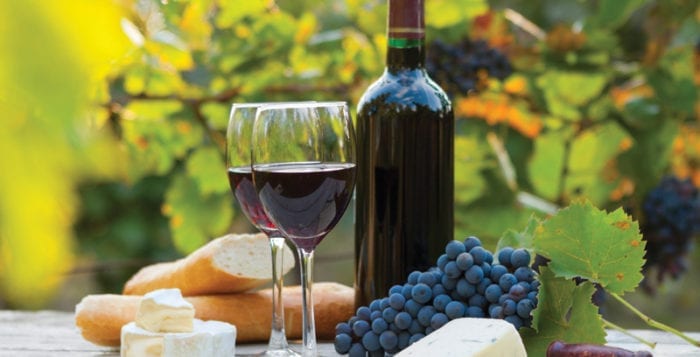
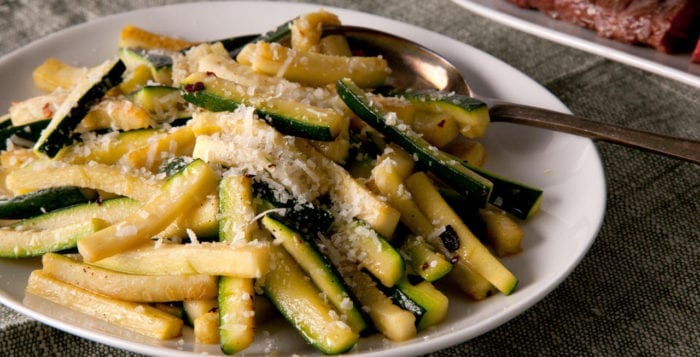
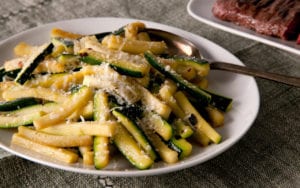

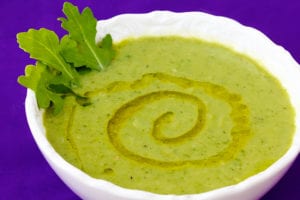



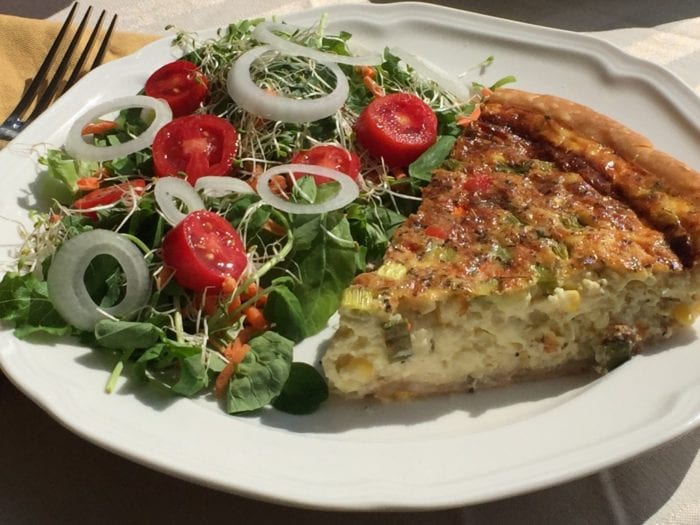


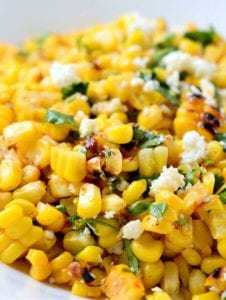
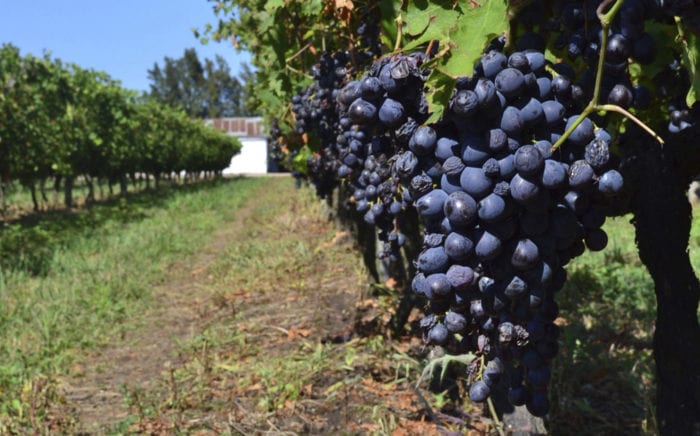

 Beginning in 2018, every bottle of wine from Uruguay will carry a QR code on the label, which can be scanned to reveal everything you need to know about the wine, including soil and vineyard parcel number.
Beginning in 2018, every bottle of wine from Uruguay will carry a QR code on the label, which can be scanned to reveal everything you need to know about the wine, including soil and vineyard parcel number.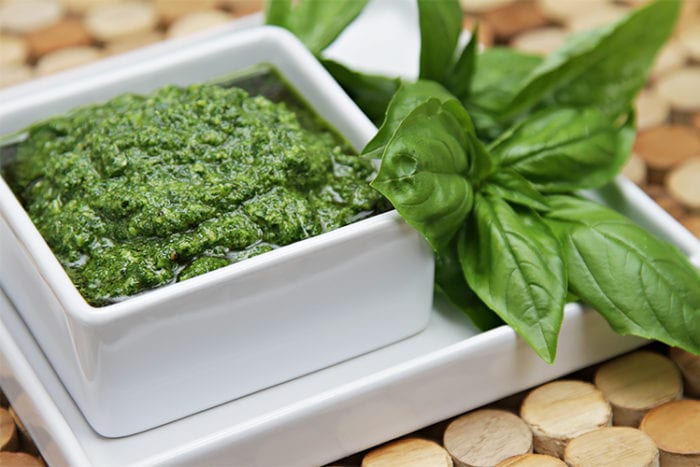

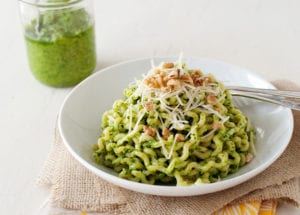
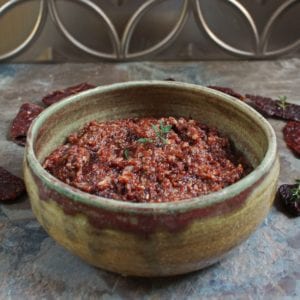
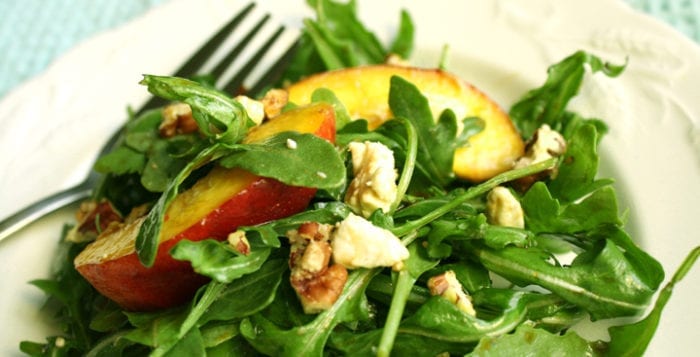
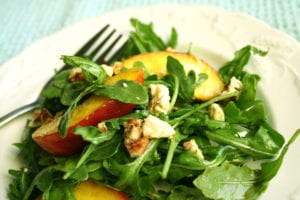 YIELD: Makes 4 servings.
YIELD: Makes 4 servings.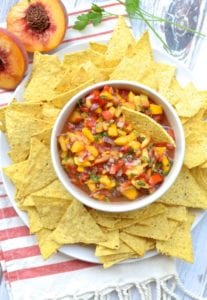 YIELD: Makes 3 to 4 servings.
YIELD: Makes 3 to 4 servings. YIELD: Makes 4 servings.
YIELD: Makes 4 servings.